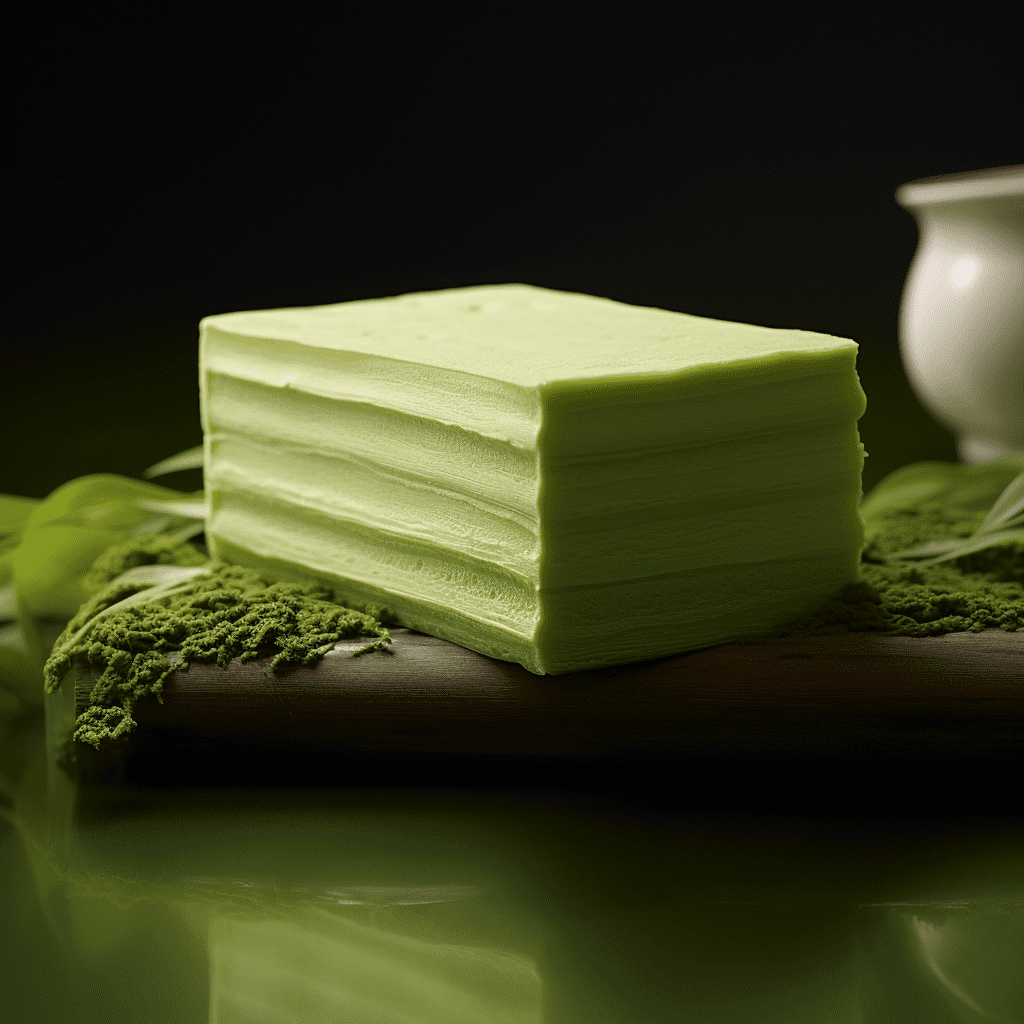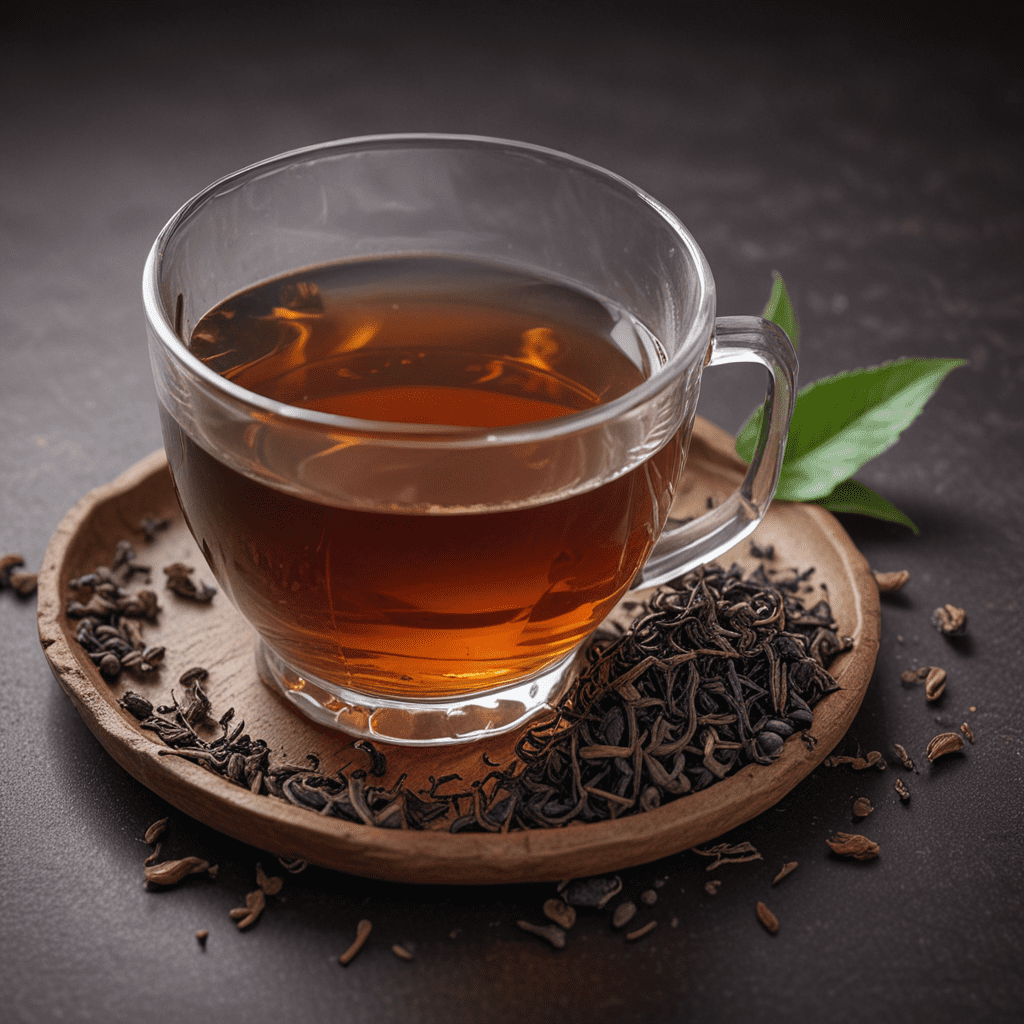Understanding the Delightful Characteristics of Green Tea Taste
Few beverages can match the refreshing and complex taste of green tea. From its subtly sweet undertones to its slightly grassy or nutty flavors, green tea offers a wide range of taste profiles that can captivate any tea enthusiast. Let’s dive into the delightful nuances of green tea taste, revealing why it’s a beloved choice for many.
The Simplicity and Elegance of Green Tea Flavor
In the world of tea, green tea stands out for its simplicity and elegance. The taste is often described as crisp, clean, and refreshing. When steeped at the right temperature and time, the delicate aroma and flavor of green tea can be truly invigorating.
Subtle Sweetness and Grassiness
One of the most recognizable aspects of green tea taste is its subtle sweetness. LSI Keywords: “Japanese green tea taste,” “sweet green tea,” “grassy green tea flavor” This natural sweetness, often accompanied by a hint of grassiness, creates a balanced and pleasant drinking experience. The sweetness is a result of the minimal oxidation process that the tea leaves undergo, preserving the natural compounds responsible for these delightful flavors.
Nutty and Seaweed Undertones
For those seeking a more complex flavor, certain green teas offer nutty or even seaweed-like undertones. These flavors can vary based on the specific type of green tea and its origin. Whether it’s the toasty notes of roasted green tea or the umami richness reminiscent of nori, these nuances contribute to the diverse and captivating taste of green tea.
Astringency and Bitterness
While green tea is celebrated for its refreshing and mild taste, some varieties may exhibit a hint of astringency or bitterness. These qualities are often a result of factors such as brewing temperature, steeping time, and the specific cultivar of tea. When properly managed, the astringency adds a pleasant briskness to the tea, while the bitterness can offer a unique depth to the overall flavor profile.
FAQ: Exploring Common Questions About Green Tea Taste
What influences the taste of green tea?
The taste of green tea is influenced by various factors, including the type of tea cultivar, growing conditions, processing methods, and brewing techniques. These elements contribute to the diverse array of flavors found in different types of green tea, making each variety a unique sensory experience.
How can I enhance the flavor of green tea?
To enhance the flavor of green tea, consider experimenting with brewing parameters such as water temperature and steeping time. Additionally, selecting high-quality loose-leaf green tea from reputable sources can further elevate the taste experience. Some tea enthusiasts also enjoy experimenting with tea accessories, such as porcelain or clay teaware, to bring out the best flavors in green tea.
What should I look for in terms of taste when selecting green tea?
When selecting green tea, consider your flavor preferences. If you enjoy a more vegetal and grassy taste, opt for certain Japanese green teas. For those seeking a sweeter and more delicate flavor, Chinese green teas may be a better fit. Exploring different green tea varieties can help you discover the specific taste profiles that resonate with your palate.
Concluding Thoughts
Green tea’s taste is a captivating journey, offering a delightful interplay of flavors that reflect the nuanced art of tea brewing. Whether it’s the gentle sweetness, the subtle grassiness, or the complex undertones, green tea holds a world of enchanting taste experiences waiting to be explored. With an understanding of its flavor characteristics, tea enthusiasts can savor the elegance and refreshing nature of green tea with newfound appreciation.



